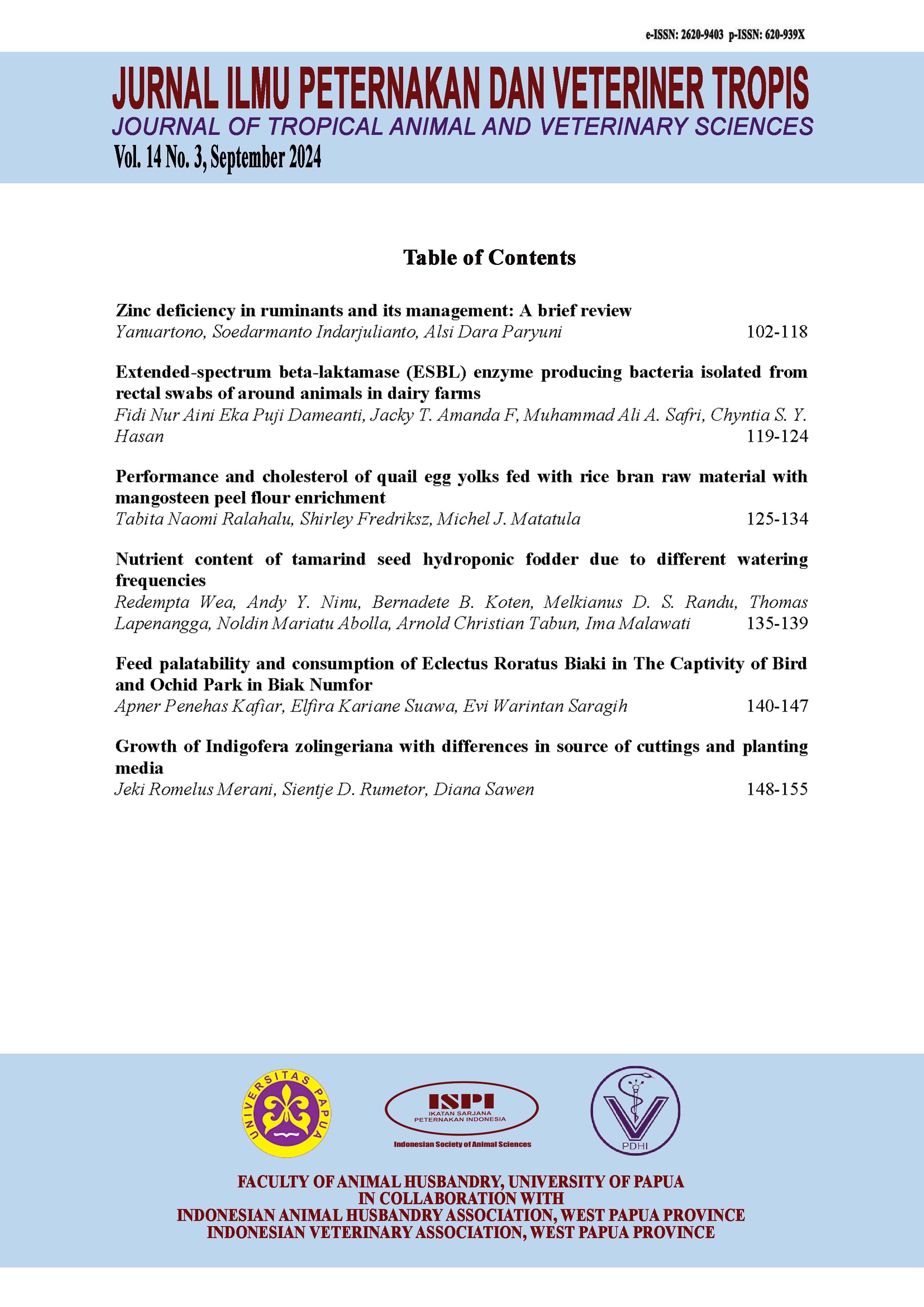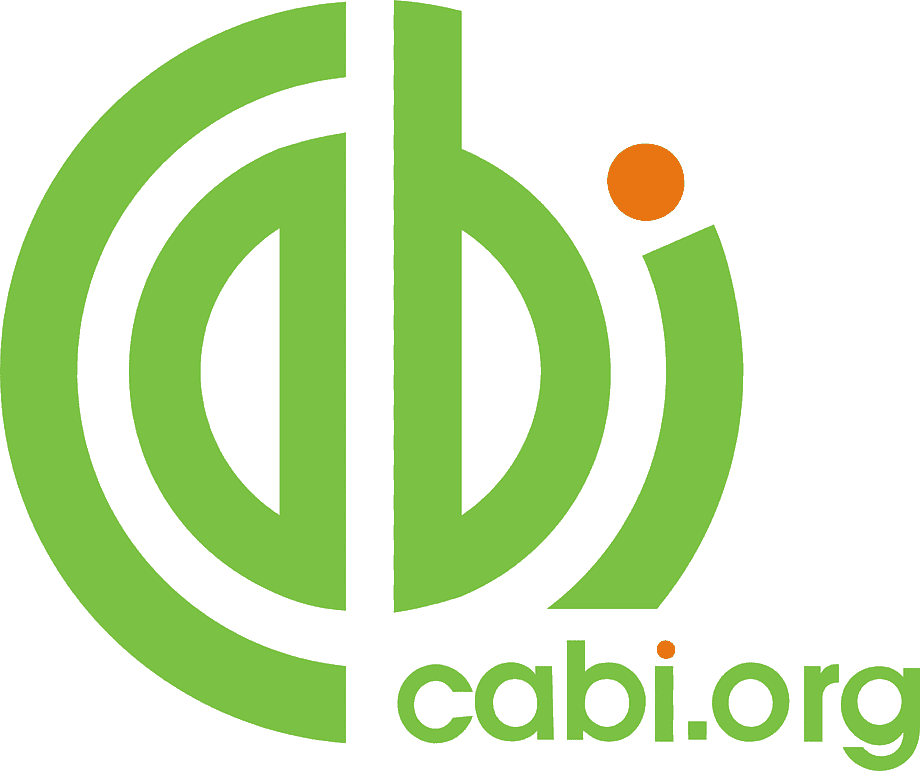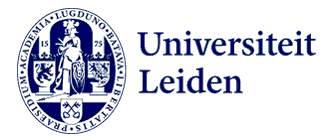Extended-spectrum beta-laktamase (ESBL) enzyme producing bacteria isolated from rectal swabs of around animals in dairy farms
DOI:
https://doi.org/10.46549/jipvet.v14i3.421Keywords:
animals around, dairy cattle, ESBL, Escherichia coli, Klebsiella pneumoniaeAbstract
This study aims to identify bacterial contamination of Klebsiella pneumoniae and Escherichia coli producing Extended Spectrum Beta Lactamase (ESBL) isolated from rectal swabs of local animals on a dairy farm in Deyeng Village, Kediri, East Java. Interviews and observations were conducted with farmers to obtain the required risk factor data (cleanliness of drinking and eating places, drinking water sources, and administration of antibiotics to livestock). The number of samples tested in this study was 34 samples, including 12 chicken samples, 8 goat samples, 5 duck samples, 4 rabbit samples, 3 cat samples and 2 goose samples. Samples were isolated on MCA media + cefotaxime 1 mg/l and isolated again on MCA media without the addition of antibiotics to multiply pure bacterial colonies. The tests carried out to determine the presence of ESBL-producing bacteria are biochemical tests, namely the IMViC test (Indole, Methyl red, Voges-Proskauer, Citrate Utilization), TSIA (Triple Sugar Iron Agar) test, gram staining, and the Double Disk Standard Method test using β-lactam disc antibiotics, namely cefotaxime 30μg, ceftazidime 30μg, and amoxycilline-clavulanate acid 30μg. The results of this research were that 6 samples or 17.6% of ESBL-producing bacteria were identified from poultry groups (chickens, ducks and geese) from dairy farms in Deyeng Village, Kediri Regency, East Java.
Downloads
References
Arafa AA, Hedia RH, Dorgham SM, Ibrahim ES, Bakry MA, Abdalhamed AM, & Abuelnaga ASM. 2022. Determination of extended-spectrum β-lactamaseproducing Klebsiella pneumoniae isolated from horses with respiratory manifestation. Veterinary World, 15(4); 827-83.
Biutifasari V. 2018. Extended Spectrum Beta-Lactamase (ESBL). Oceana Biomedicina Journal, 1(1); 2-5.
Dameanti FNAEP, Yanestria SM, Effendi MH, Plumeriastuti H, Tyasningsih W, Ugbo EN, Sutrisn R, & Safri MAAS. 2023. Identification of blaSHV and blaTEM extended spectrum beta-lactamase genes in Klebsiella pneumoniaein the dairy wastewater,East Java Province, Indonesia. Biodiversitas, 24; 6092-6099.
Dierikx CM, Van, Essen-Zandbergen A, Veldman K, Smith H, & Mevius D. 2010. Increased detection of extendedspectrum beta-lactamase producing Salmonella enterica and Escherichia coli isolates from poultry. Veterinary Microbiology, 145; 273- 278.
Effendi MH, Bintari IG, Aksono EB, dan Hermawan IP. 2018. Detection of blaTEM Gene of Klebsiella pneumoniae Isolated from Swab of Food-Producing Animals in East Java. Tropical Animal Science Journal, 41(3); 174-178.
Guo S, Tay MYF, Aung KT, Seow KLG, Ng LC, Purbojati RW, Drautz-Moses DI, Schuster SC, dan Schlundt J. 2019. Phenotypicand genotypic characterization of antimicrobial resistant Escherichia coliisolated from ready-to-eat food in Singapore using disk diffusion, broth microdilution and whole genome sequencing methods. Food Control. 99; 89-97.
Hasibuan M. 2017. Deteksi Gen Resisten CTX-M, SHV, OXA-48 pada Isolat Klinis Bakteri Escherichia coli dan Klebsiella pneumoniae yang Tergolong Multiple Drug Resistant Organisms. [Tesis]. Medan : Universitas Sumatera Utara.
Hartmann A, Locatelli A, Amoureux L, Depret G, Jolivet C, dan Gueneau E. 2012. Occurrence of CTX-M producing Escherichia coli in soils, cattle, and farm environment in France (Burgundy region). Frontiers in Microbiology, 3(83); 1-7.
Holmes AH, Moore LSP, Sundsfjord A, Steinbakk M, Regmi S, Karkey A, Guerin PJ, dan Piddock LVJ. 2016. Understanding the mechanism and drivers of antimicrobial resistance. Lancet. 387; 176-187.
Imasari T, Tyasningsih W, Wasito EB, dan Kuntaman. 2018. Prevalensi dan Pola Gen Extended spectrum -lactamase Bakteri Usus Sapi Perah dan Penduduk Sekitar Peternakan di Surabaya. Jurnal Veteriner, 19(3); 313-320.
Lerminaux NA, dan Cameron ADS. 2018. Horizontal transfer of antibitic resistance genes in clinical environments. NRC Research Press, 65; 34-44.
Mariana C, Simner PJ, dan Bradford PA. 2021. Extended-spectrum β-lactamases: an update on their characteristics, epidemiology and detection. JAC-Antimicrob Resist, 3(3); 1- 21.
Masruroh CA, Sudarwanto MB, dan Latif H. 2016. Tingkat kejadian Escherichia coli penghasil extended spectrum –lactamase yang diisolasi dari feses broiler di Kota Bogor. Jurnal Sain Veteriner, 34(1); 42-49.
Munawir. 2017. Deteksi Karier Gen Penyandi Extended Spectrum Betalactamase dari Spesimen Feses dan Isolat Escherichia Coli yang Diisolasi dari Spesimen yang Sama pada Siswa Sekolah Dasar di Sidenreng Rappang, Sulawesi Selatan. [Thesis]. Makassar : Universitas Hasanuddin.
Nasution FR. 2021. Pengujian Kadar Chemical Oxygen Demand (COD) dan Biochemical Oxygen Demand (BOD) pada Limbah Cair Minyak Kelapa Sawit di Pusat Penelitian Kelapa Sawit (PPKS) Medan. [Skripsi]. Medan : Universitas Sumatera Utara.
Normaliska R, Sudarwanto MB, dan Latif H. 2019. Pola resistensi antibiotik pada Escherichia coli penghasil ESBL dari sampel lingkungan di RPH-R Kota Bogor. Acta Veterinaria Indonesiana; 42-48.
Papilaya BJ, Labetubun J, dan Demianus FS. 2020. Pengembangan peternakan ayam kampung di Desa Ema Kecamatan Leitimur Selatan Kota Ambon. BAKIRA - UNPATTI (Jurnal Pengabdian Masyarakat), 1(1); 1-11.
Rahmaniar RP, Widhowati D, dan Hidayah N. 2021. Resistansi antibiotik secara fenotip dan deteksi gen TetA pada sampel hati ayam di Pasar Dukuh Kupang Surabaya. Jurnal Ilmu Peternakan dan Veteriner Tropis, 11(3); 284-290.
Rao L, Lv L, Zeng Z, Chen S, He D, Chen X, Wu C, Wang Y, Yang T, Wu P, Liu Y, dan Liu JH. 2014. Increasing prevalence of extended-spectrum cephalosporin-resistant Escherichia coli in food animals and the diversity of CTX-M genotypes during 2003–2012. Veterinary Microbiology, 172 (4); 534-541.
Riwu KHP, Effendi MH, dan Rantam. 2020. A review of extended spectrum β-lactamase (ESBL) producing klebsiella pneumoniae and multidrug resistant (MDR) on companion animals. Sys Rev Pharm, 11(7); 270-277.
Roberts MG, Burgess S, Toombs-Ruane LJ, Benschop J, Marshall JC, dan French NP. 2021. Combining mutation and horizontal gene transfer in a withinhost model of antibiotic resistance. Mathematical Biosciences, 339; 1-9.
Schaufler K, Bethe A, Lübke-Becker A, Ewers C, Kohn B, Wieler LH, dan Geunther S. 2015. Putative connection between zoonotic multiresistant Extended-spectrum β-lactamase (ESBL)-producing Escherichia coli in dog feces from a veterinary campus and clinical isolates from dogs. Infect Ecol Epidemiol, 5(4); 25334-25339.
Seni J, Falgenhauer L, Simeo N, Mirambo MM, Imirzalioglu C, Matee M, Rweyemamu M, Chakraborty T, dan Mshana SE. 2016. Multiple ESBL-producing Escherichia coli sequence types carrying quinolone and aminoglycoside resistance genes circulating in companion and domestic farm animals in mwanza, tanzania, harbor commonly occurring plasmids. Frontiers in Microbiology, 7.
Soekoyo AR, Sulistiawati W, Setyorini dan Kuntaman K. 2020. The epidemiological pattern and risk factor of ESBL (Extended spectrum b-lactamase) producing enterobacteriaceae in gut bacterial flora of dairy cows and people surrounding in Rural area, Indonesia. Indonesian Journal of Tropical and Infectious Disease, 8(3); 144–151.
Wibisono, Freshinta J. 2021a. Faktor risiko penyebaran escherichia coli penghasil ESBL pada ternak ayam komersial. Jurnal Ilmu Peternakan dan Veteriner Tropis, 11(2); 147-156.
Wibisono, Freshinta J, Sumiarto B, Untari T, Effendi MH, Permatasari DA, dan Witaningrum AM. 2021b. Molecular identification of CTX Gene of extended spectrum beta-lactamase (ESBL) producing Escherichia coli on layer chicken in Blitar, Indonesia. J Anim Plant Sci, 31(4); 954-959.
Widodo A, Effendi MH, dan Khairullah AR. 2020. Extended - spectrum beta - lactamase (ESBL)-producing Escherichia coli from livestock. Syst Rev Pharm, 11(7); 382-392.
Xu G, An W, Wang H, dan Zhang X. 2015. Prevalence and characteristics of extended-spectrum β-lactamase genes in Escherichia coli isolated from piglets with post-weaning diarrhea in Heilongjiang province, China. Frontiers in Microbiology, 6.
Downloads
Published
How to Cite
Issue
Section
License
Copyright (c) 2024 Fidi Nur Aini Eka Puji Dameanti, Jacky T. Amanda F, Muhammad Ali A. Safri, Chyntia S. Y. Hasan

This work is licensed under a Creative Commons Attribution-NonCommercial-ShareAlike 4.0 International License.
License and Copyright Agreement
In submitting the manuscript to the journal, the authors certify that:
- They are authorized by their co-authors to enter into these arrangements.
- The work described has not been formally published before, except in the form of an abstract or as part of a published lecture, review, thesis, or overlay journal. Please also carefully read Jurnal Ilmu Peternakan dan Veteriner Tropis (Journal of Tropical Animal and Veterinary Science) Posting Your Article Policy at https://journal.fapetunipa.ac.id/index.php/JIPVET/publicationethics
- That it is not under consideration for publication elsewhere,
- That its publication has been approved by all the author(s) and by the responsible authorities “tacitly or explicitly“ of the institutes where the work has been carried out.
- They secure the right to reproduce any material that has already been published or copyrighted elsewhere.
- They agree to the following license and copyright agreement.
Copyright
Authors who publish with Jurnal Ilmu Peternakan dan Veteriner Tropis (Journal of Tropical Animal and Veterinary Science) agree to the following terms:
- Authors retain copyright and grant the journal right of first publication with the work simultaneously licensed under a Creative Commons Attribution License (CC BY-NC-SA 4.0) that allows others to share the work with an acknowledgment of the work's authorship and initial publication in this journal.
- Authors are able to enter into separate, additional contractual arrangements for the non-exclusive distribution of the journal's published version of the work (e.g., post it to an institutional repository or publish it in a book), with an acknowledgment of its initial publication in this journal.
- Authors are permitted and encouraged to post their work online (e.g., in institutional repositories or on their website) prior to and during the submission process, as it can lead to productive exchanges, as well as earlier and greater citation of published work.

This work is licensed under a Creative Commons Attribution-NonCommercial-ShareAlike 4.0 International License.





























.png)
